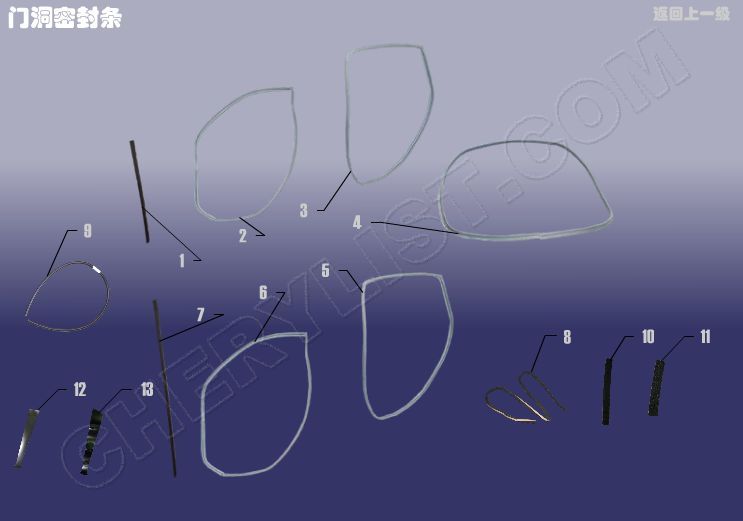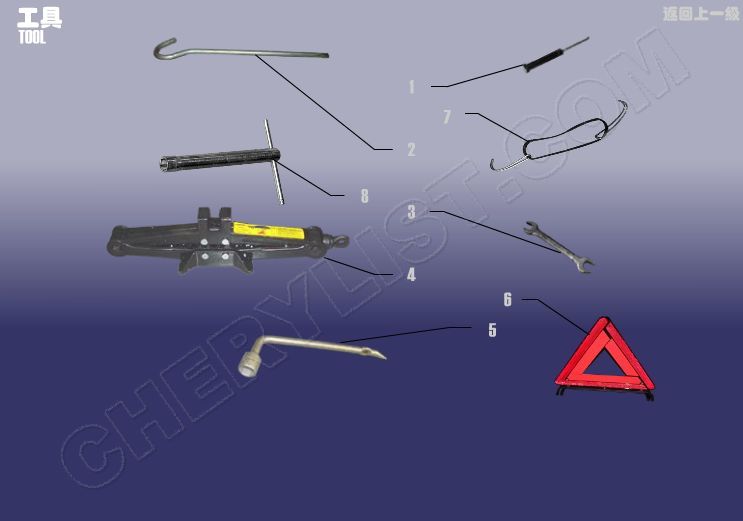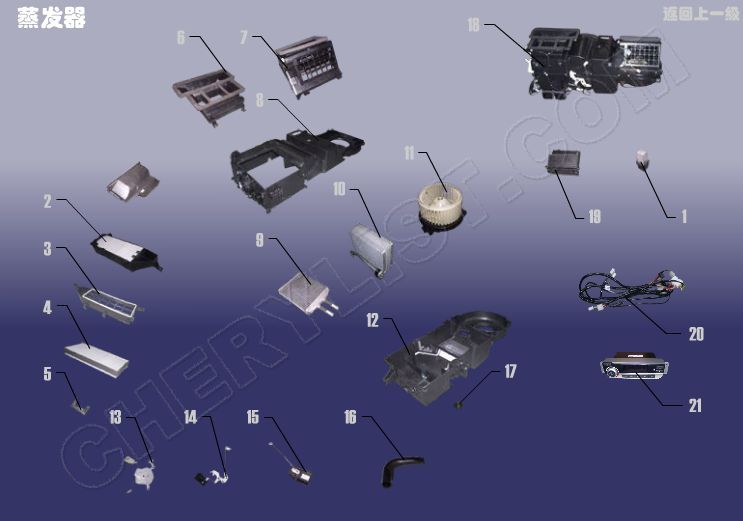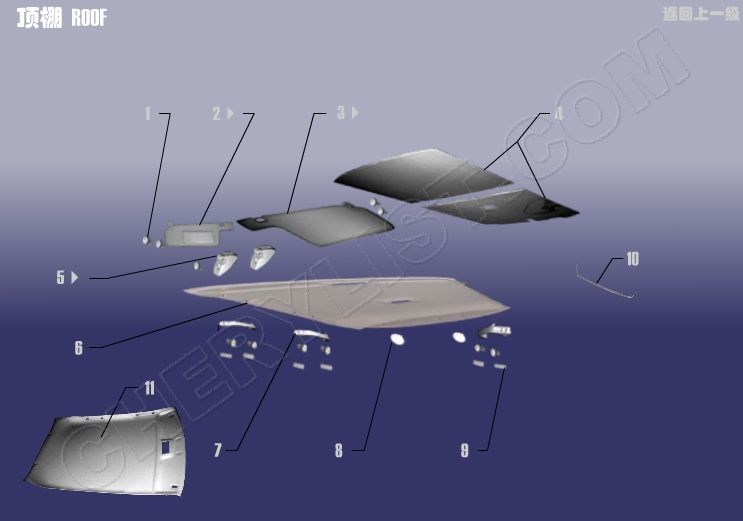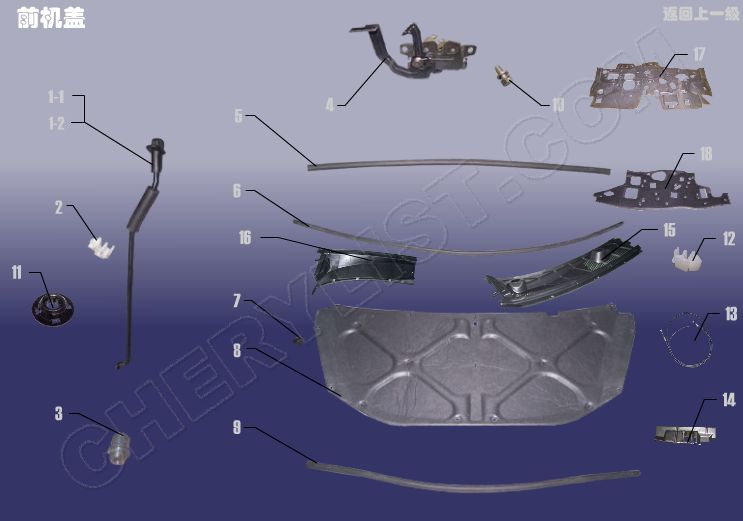Top Suppliers Chery Arauca Gearbox - ENGINE ACCESSORY AIR EXHAUST SYSTEM for CHERY QQ6 S21 – Qingzhi
Top Suppliers Chery Arauca Gearbox - ENGINE ACCESSORY AIR EXHAUST SYSTEM for CHERY QQ6 S21 – Qingzhi Detail:
1 Q32008 NUT
2 S21-1205210 THREE-WAY CATALYTIC CONVERTER ASSY.
3 S21-1205310 SENSOR – OXYGEN
4 S21-1205311 SEAL
5 S21-1201110 SILENCER ASSY-FR
6 S11-1200019 HANGING BLOCK-DIAMOND SHAPED
7 S21-1201210 SILENCER ASSY-RR
The automobile exhaust system mainly discharges the exhaust gas discharged by the engine, and reduces the exhaust gas pollution and noise. Automobile exhaust system is mainly used for light vehicles, mini vehicles, buses, motorcycles and other motor vehicles.
Automobile exhaust system refers to the system that collects and discharges exhaust gas. It is generally composed of exhaust manifold, exhaust pipe, catalytic converter, exhaust temperature sensor, automobile muffler and exhaust tail pipe.
1. During the use of the vehicle, due to the faults of the oil supply system and ignition system, the engine is overheated and backfired, resulting in the sintering and peeling of the carrier of the three-way catalytic converter and the increase of exhaust resistance; 2. Due to the use of fuel or lubricating oil, the catalyst is poisoned, the activity is reduced, and the catalytic conversion efficiency is affected. Sulfur and phosphorus complexes and sediments are generated in the three-way catalyst, which worsens the performance of the vehicle, resulting in the decline of power performance, increase of fuel consumption, deterioration of emissions, etc.
To reduce the noise of the sound source, we should first find out the mechanism and law of the noise generated by the sound source, and then take measures such as improving the design of the machine, adopting advanced technology, reducing the exciting force of the noise, reducing the response of the sound generating parts in the system to the exciting force, and improving the machining and assembly accuracy. Reducing the exciting force includes:
Improve accuracy
Improve the dynamic balance accuracy of rotating parts, lubricate moving parts and reduce resonance friction; Reduce the flow velocity of various air flow noise sources to avoid excessive turbulence; Various measures such as isolation of vibrating parts.
Reducing the response of the sound generating parts to the excitation force in the system means changing the dynamic characteristics of the system and reducing the noise radiation efficiency under the same excitation force. Each sound system has its own natural frequency. If the natural frequency of the system is reduced to less than 1 / 3 of the frequency of the excitation force or much higher than the frequency of the excitation force, the noise radiation efficiency of the system will be clearly reduced.
Product detail pictures:
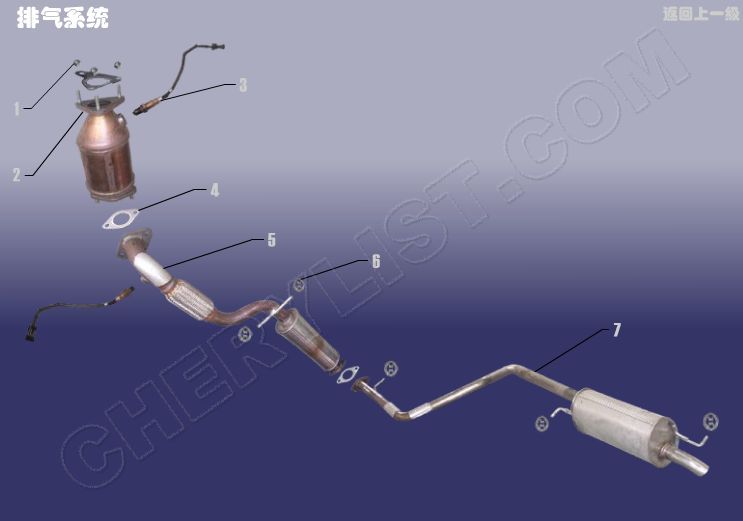
Related Product Guide:
The customer satisfaction is our primary target. We uphold a consistent level of professionalism, quality, credibility and service for Top Suppliers Chery Arauca Gearbox - ENGINE ACCESSORY AIR EXHAUST SYSTEM for CHERY QQ6 S21 – Qingzhi , The product will supply to all over the world, such as: Kuala Lumpur , Nigeria , Pretoria , With a wide range, good quality, reasonable prices and stylish designs, our solutions are extensively used in beauty and other industries. Our solutions are widely recognized and trusted by users and can meet continuously changing economic and social needs.
The supplier cooperation attitude is very good, encountered various problems, always willing to cooperate with us, to us as the real God.



